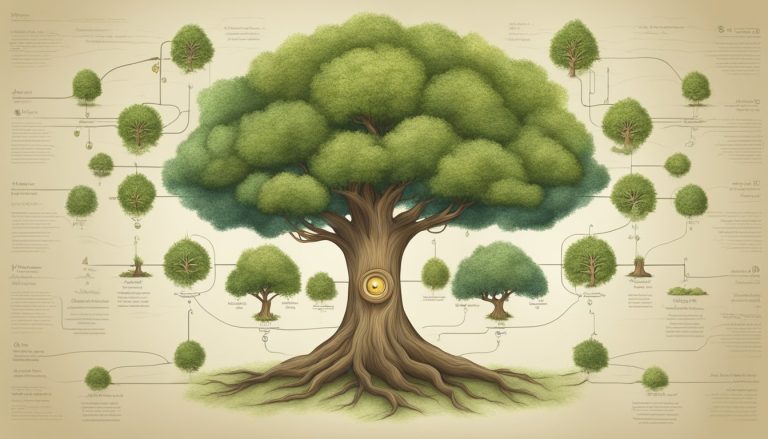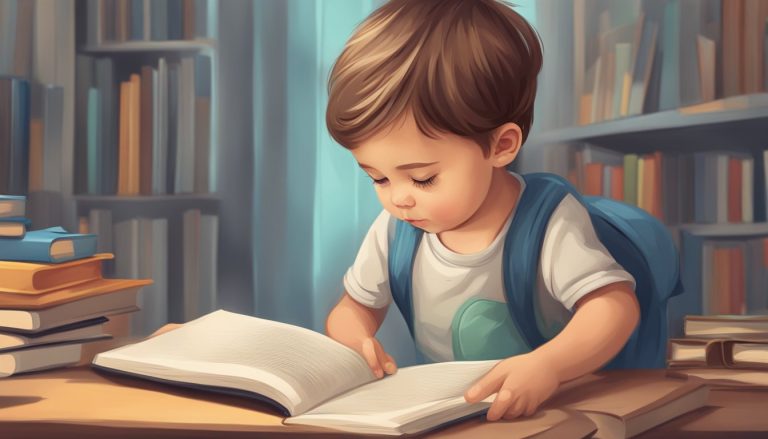Can Lazy Eye in Toddlers Be Fixed?
The Best Vision Correction Methods for Lazy Eye in Little Ones

A lot of kids have trouble seeing because of lazy eye, which is also called amblyopia. It happens when one eye doesn’t grow properly, making that eye less able to see. Lazy eye can be caused by many things, such as eyes that are crossed or not lined up right, nearsightedness, farsightedness, or astigmatism.
If you don’t treat lazy eye, you could lose your vision in that eye for good. The good news is that lazy eye can be fixed, especially if it is found and early on. Most kids with lazy eyes can get their vision back to normal with the right care.
Eye patches, eye drops, and corrected glasses can all help with lazy eye. Astigmatism, nearsightedness, or farsightedness can cause lazy eye. Corrective equipment, like glasses or contacts, can fix these problems. Kids put eye patches over the eye that can see better for a few hours a day to help the weaker eye get stronger. You can also use eye drops to blur the vision in the better eye, which makes the weaker eye work harder.
Main Points
- Kids often have trouble seeing because of lazy eye, which can cause permanent loss of vision if not fixed.
- With the right care, like corrective glasses, eye patches, and eye drops, lazy eye can be fixed.
- Finding and treating lazy eye in kids as soon as possible are very important for getting their vision back to normal.
How to Understand Lazy Eye
If you think your child might have amblyopia, or lazy eye, it’s important to know what causes it, how to spot the signs, and what developmental factors may play a role.
Why people get amblyopia
A squint, a droopy eyeball, cataracts, or other vision problems are just a few of the things that can lead to amblyopia. A child may also have this disease if they are behind in their development or if they have a family history of it. Amblyopia happens when the brain doesn’t pay attention to the cues from one eye.
Signs and Diagnosis
People with amblyopia may have trouble seeing out of one eye, having trouble seeing depth, and having trouble coordinating their hands and eyes. If you think your child might have amblyopia, you should get a report from a pediatric eye doctor to be sure. For diagnosis, your child may have to go through a number of tests to see how well they can see things, such as tests using letters or pictures and tests to see how well they can focus and follow a moving object.
Age and Key Factors in Development
Children, especially those between the ages of 3 and 5, are most likely to be identified with amblyopia. It can, however, also be found in older kids and adults. The sooner someone with amblyopia is identified and treated, the more likely it is that their vision will get better. If you don’t fix amblyopia, the eye that has it could lose its sight permanently.
In conclusion, knowing the reasons, symptoms, and developmental factors of amblyopia can help you tell if your toddler has it and get them the right treatment. If you think your child might have amblyopia, you should see a pediatric ophthalmologist right away to find out for sure.
Choices for Treatment
You can get help for lazy eye, which is also called amblyopia. Treatment options rely on how bad the child’s condition is and how old the child is.
Non-surgical ways to help
Corrective glasses, eye patches, and eye drops are all non-surgical ways to help lazy eyes. Astigmatism, nearsightedness, or farsightedness can all cause lazy eyes. Corrective equipment, like glasses or contacts, can fix these problems. When you wear an eye patch over your better eye for a few hours a day, it helps the weaker eye get stronger. The stronger eye can also be blurred with eye drops like atropine, which makes the weaker eye work harder.
Surgery and Other Interventions
Sometimes, surgery is the only way to fix lazy eye. If your eyes aren’t lined up right, a condition called strabismus needs surgery to fix it. When your eyes aren’t aligned properly, your brain has trouble understanding two different images, which can lead to lazy eye. Surgery can help move the eyes in the right place so the brain can process images properly.
Management and oversight
After treatment, the lazy eye needs to be managed and watched over on a regular basis to make sure it doesn’t come back. This could mean getting regular eye checks, vision tests, and visits to a pediatric ophthalmologist. Complications from lazy eye, like losing your sight or having trouble seeing, can be avoided with the right care and attention.
Overall, if you treat lazy eye the right way, the future is good. The chances of getting better are higher if the problem is found and treated quickly. Plans for treatment may be different based on how bad the illness is, the child’s age, and the health care system. Some treatments might be covered by health insurance, but you might have to pay for others yourself. For the best advice on what to do for your child, you should talk to a doctor or pediatric ophthalmologist.
Help and hope for the future
How to Live with Amblyopia
It can be hard if your toddler has been labeled with amblyopia, which is also called “lazy eye.” You might feel like you don’t know how to help your child through their treatment because you’re feeling stressed. But it’s important to remember that many kids with amblyopia go on to live normal, healthy lives with the right attention and help.
Making sure your child gets the right care is one of the most important things you can do to help them. This could mean wearing glasses or contacts to fix any refractive flaws, like being nearsighted or farsighted. Sometimes, your child may also need to put an eye patch over their better eye to get their worse eye to work harder. Your child’s doctor may also suggest eye drops or other ways to help them see better.
Also, make sure your child gets regular eye checks so you can see how they’re doing and make sure their vision is growing correctly. This could include eye exams to check their sharpness of vision, ability to sense depth, and other things that might affect their vision.
Long-Term Prospects
The long-term outlook for kids with amblyopia depends on a lot of things, like how bad their condition is, how old they are, and how quickly they get care. Most of the time, medication works better on younger kids than on older kids or adults.
If you don’t fix amblyopia, it can cause a lot of problems, like delays in development, trouble seeing depth, and in the worst cases, blindness. Many kids with amblyopia are able to get through these problems and live normal, healthy lives with the right help and care.
To make sure your child gets the best care and support possible, you should work closely with their healthcare team. As part of this, you may need to work with outside experts or specialists in eye care. You should also use any German health care services or tools that are available to you.
It can be hard to treat amblyopia, and some people may have side effects like being sensitive to light or having fuzzy vision. However, it is important to remember that the benefits of treatment are much greater than the risks. Your child can get better from amblyopia and live a healthy, happy life with the right help and care.
Questions People Ask
What kinds of treatments are there for kids with lazy eyes?
Toddlers with lazy eyes can get a number of different treatments. Patching the stronger eye, using atropine eye drops, and wearing corrective eyewear like glasses or contacts are the most popular ways to treat this condition. In some cases, all of these treatments may be suggested together.
Is it possible for children to fix a lazy eye with glasses?
Corrective eyewear such as glasses or contact lenses can help correct vision problems such as nearsightedness, farsightedness, or astigmatism that can contribute to lazy eye. However, glasses alone may not be enough to fully correct lazy eye in toddlers.
How well does putting an eye patch on a child’s eye help with lazy eye?
A popular way to treat lazy eyes in young children is to put an eye patch over the eye. Patching is meant to make the weaker eye stronger by making the brain use it more. Different types of patches work in different situations, based on how bad the lazy eye is and how often the patch is worn. It’s important to carefully follow your doctor’s directions and go to follow-up appointments to see how things are going.
Can surgery be used to fix a toddler’s lazy eye?
If you have a physical problem like a cataract or strabismus (misaligned eyes) that is making your eye lazy, you may need treatment to fix it. But surgery isn’t usually the first thing that’s tried; it’s generally only done for really bad cases.
What age does it work best to treat a toddler’s lazy eye?
When it comes to treating lazy eye in children, getting help right away is very important. Beginning treatment as soon as possible will probably make it work better. Treatment works best before the child is six years old, but it’s never too late to get help.
Can a toddler’s lazy eye get better on its own?
Toddlers with lazy eyes may sometimes get better on their own without any help. But you should have your child’s eyes checked by a nurse or eye doctor on a regular basis to make sure that any vision problems are caught early. There are many things you should do right away if you think your child might have lazy eye or any other vision problems.


